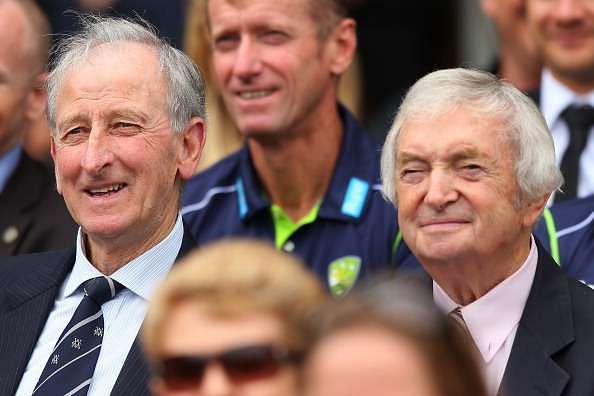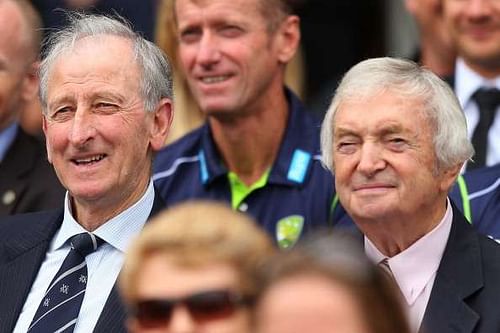
What ails the current crop of ‘commentators’?
Recently Amitabh Bachchan, one of the biggest stars India has ever produced voiced his disappointment at Indian commentators for being too biased and not speaking or raving too much about India cricketers even when they do well and results are favourable. He even accused them of tilting too far in favour of other nations while commentating.
Harsha Bhogle, in many ways the torch-bearer of Indian commentators then posted on his Facebook page a riposte explaining his stance and also elucidating the role of a broadcaster who caters to an audience all over the globe.
The problem with current commentators’ lies somewhere in middle, and perhaps this grey area needs to be explored further, to formulate a more reasonable opinion. As the great Richie Benaud, who many consider the epitome of cricket commentary would say, “The key thing was to learn the value of economy with words and to never insult the viewer by telling them what they can already see”, and so often this golden rule has been tossed out of window today.
Cricket broadcasters worldwide spend very litlle time educating commentators whom they hire, about the nitty-gritty of commentary. They are satisfied if they manage to get hold of a player of repute, and then they just sit back and milk his reputation, irrespective of what value he brings to the game. What relation is there between a good player and a good commentator is still to be deciphered.
And then comes the perennial problem of big egos. These players who have played the game with gusto and have conquered many heights do not believe in any sort of preparation. Cricket is far beyond personal grudges and cheeky anecdotes that evoke cynicism and mirth for a fleeting moment and then is forgotten. True, language is critical but a flamboyant speaker needs to be far more versatile in adding colour to any unraveling incident.
The commentary box is not a place to kindle the lights of friendship, but to add to the game. Afterall the voices are intruding into the personal space of every cricket audience and all efforts should be made to prevent the audience from pressing the mute button. And today, inevitably the mute button has become the go-to option. Very often we hear commentators raving about each other and what they have been upto, well who cares about what a particular ex-player is eating these days, when a Virat Kohli is in his zone and is driving his way to another target! The gap between voice and noise can no longer be identified. (Also read: Top 5 commentators at the ICC World T20 2016)
Where lies the problem then?
Almost any shot becomes ‘unbelievable’, any ball that seams, swings or spins becomes unplayable and one that has descended from the heavens. Some time ago, when Benaud, Grieg, Lawry spoke, it seemed as if they were narrating a story, a series of events that resulted in what is happening. A batsman hits a four off the back foot to the cover boundary is evident, the audience has seen it, if it is said as it is, how does it add to the magic. It will help if the context of that boundary is explained, how it was built up and how the opposition captain might react. The audience will then sit up and take notice, and will wait for the next ball to be bowled.
In this age of run-of-the-mill commentators, Ian Chappell remains a joy. Perhaps Harsha Bhogle fits in as well, but Chappell when he speaks evokes so much more and adds so much colour to the beautiful game. No wonder he is from the era of Benaud and Grieg. Golden times, pristine voices and what joy. (Also read: Harsha Bhogle - The real gem of cricket)
A little bit of banter is always welcome when commentators have fun with each other should also stay, but sadly it is becoming that in between all the banter the essence of broadcasting is being lost. Many commentators are either bound by contracts, or are restrained by the respective cricket boards, and what suffers is the game, and the audience who make the game, and when the dust eventually settles if the audience is not satiated, will the game survive?
